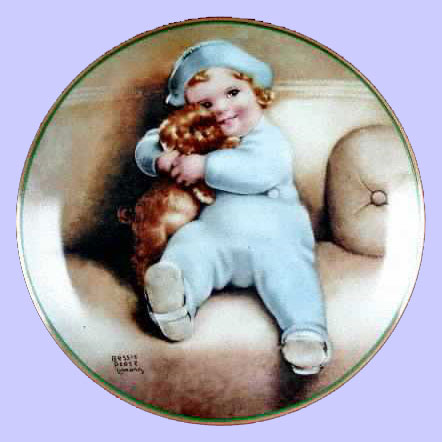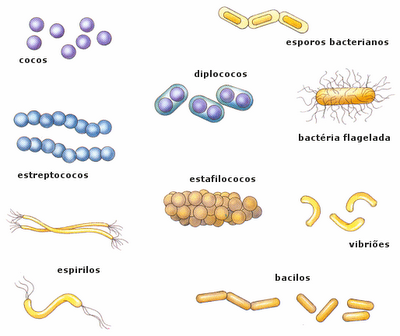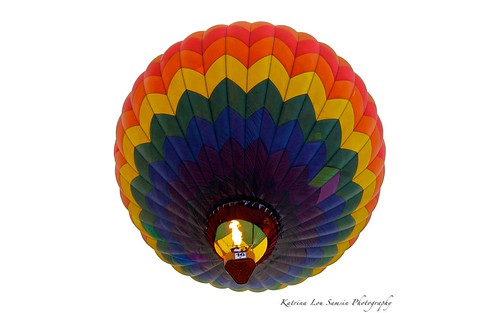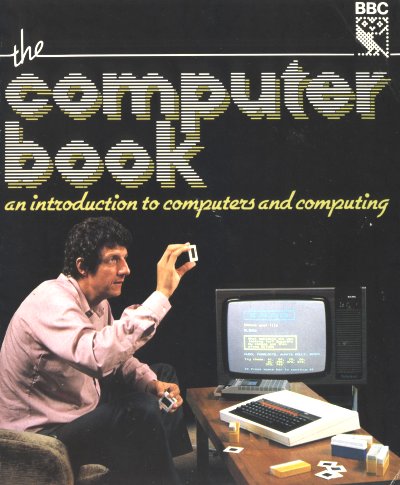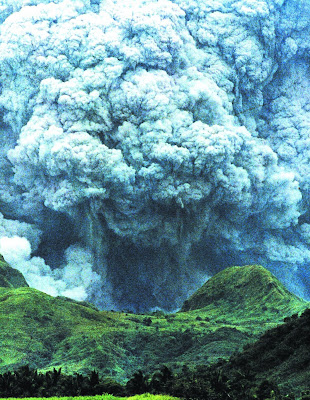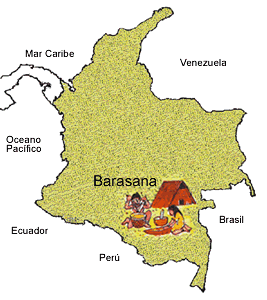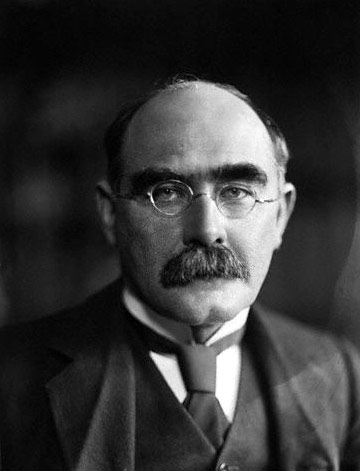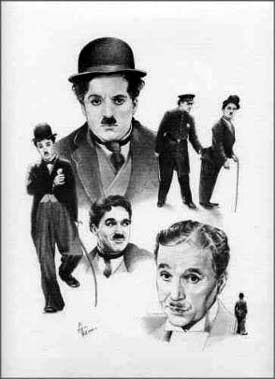 Charlie Chaplin was born in London in 1889. He first appeared in music halls and then acted on the London stage. In 1910 he went to the USA with Fred Karno's company, but he didn't stay with Karno very long. In 1913 he started to work at the Keystone Company in Hollywood. There he made his first film, Making A Living, in 1914. In his second film, Kid Auto Races at Venice (1914), he introduced the little tramp. This character made him famous. Chaplin got married several times. He met his last wife, Oona O'Neill in 1942 and married her a year later. Chaplin was then 54 years old and Oona 18. He left the USA in 1952 for political reasons and lived with his family in Switzerland for the rest of his life. He died in 1977.
Charlie Chaplin was born in London in 1889. He first appeared in music halls and then acted on the London stage. In 1910 he went to the USA with Fred Karno's company, but he didn't stay with Karno very long. In 1913 he started to work at the Keystone Company in Hollywood. There he made his first film, Making A Living, in 1914. In his second film, Kid Auto Races at Venice (1914), he introduced the little tramp. This character made him famous. Chaplin got married several times. He met his last wife, Oona O'Neill in 1942 and married her a year later. Chaplin was then 54 years old and Oona 18. He left the USA in 1952 for political reasons and lived with his family in Switzerland for the rest of his life. He died in 1977.1. Where was Charlie Chaplin born?
2. When was he bom?
3. Where did he first appear?
4. Where did he go in 1910?
5. What did he do in 1913?
6. When did he make his first film?
7. What character did he introduce in his second film?








